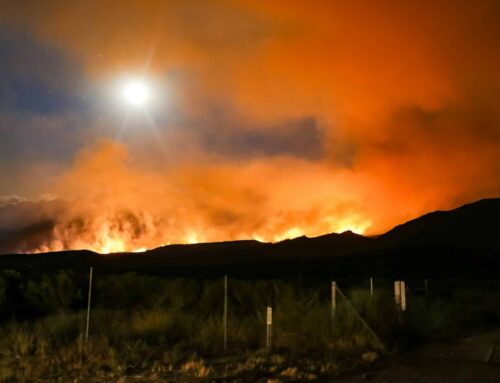In its latest of many critical reviews, the Government Accountability Office (GAO) this week issued a report criticizing the Department of Interior’s (DOI) process of measuring the amount of oil and gas for the purpose of calculating royalty payments. Under the terms of most federal leases giving oil companies the right to drill on public land, oil companies pay a percentage on the amount of oil or gas they pump back to the taxpayer. Royalty payments from onshore and offshore oil drilling can amount to billions of dollars a year, so measuring the amounts is pretty important.
Using words like: “ineffective,” “inefficient,” and “inconsistent,” the report does not inspire a lot of confidence in the efforts to make sure the taxpayer is being totally compensated. It notes that measurement regulations have not been updated for 20 years in some cases; staff doing the same kind of measurement work for onshore and offshore oil production don’t communicate with each other enough; and that DOI is not entirely sure of its own authority to inspect gas plants and pipelines to make sure measurements are accurate. When DOI has actually set inspection accountability goals, it has not always met them – “offshore inspectors met program goals only once between fiscal years 2004 and 2008.” The report faulted DOI for not adequately training engineers responsible for measurements, noting that onshore engineers received formal training only once in the last 10 years.











Get Social